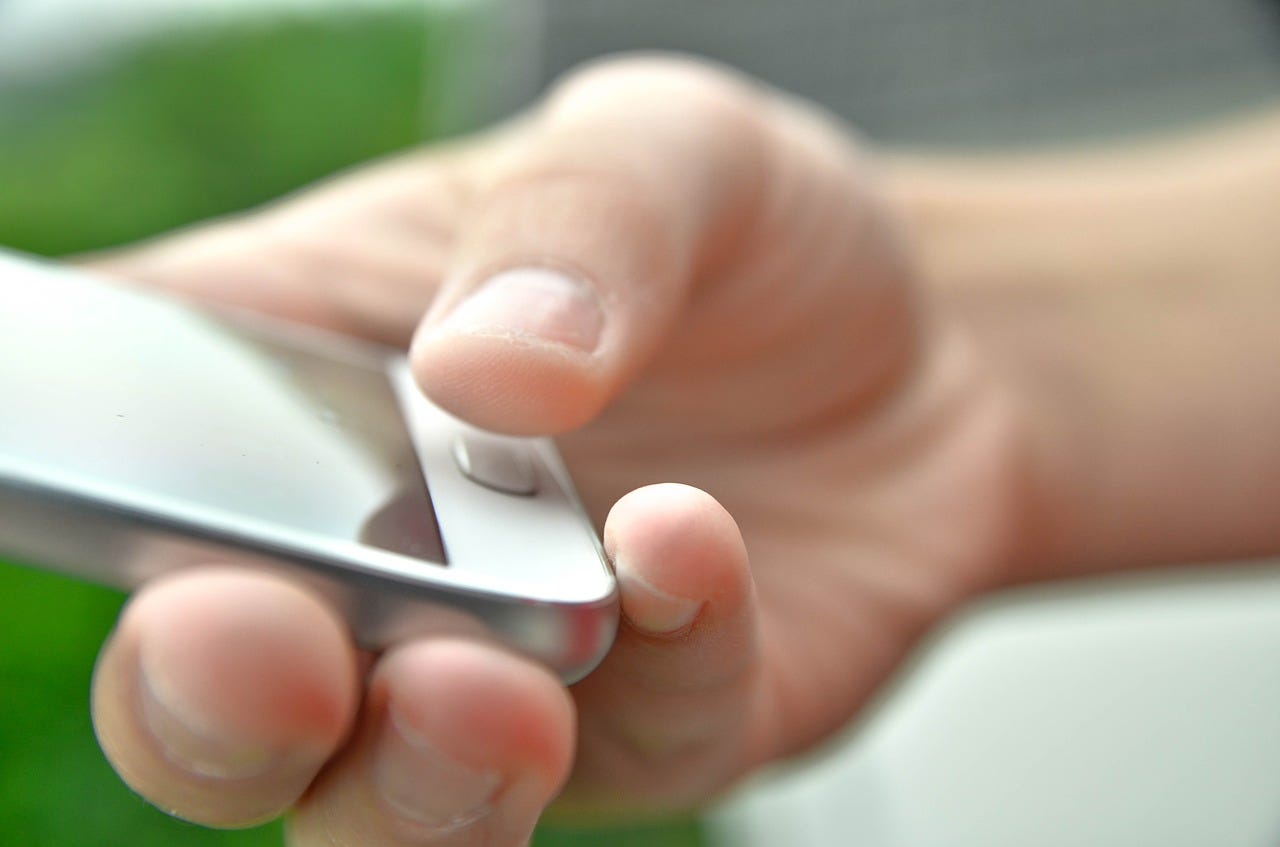Are we overhyping telemedicine?
Virtual care can do a lot - but there’s still a need for brick and mortar
With Michelle Killoran
Telemedicine has seen a huge wave of new users in the past year. It’s not surprising. With the pandemic, more people than ever before opted to see their doctors online. The numbers were staggering, especially at the outset. Take Ochsner Health in Louisiana, which conducted more than a 120,000 virtual consultations in the space of a few months in early 2020. That was up from 3,300 in all of 2019.
But we also witnessed the limitations of virtual care. There are still plenty of reasons why it’s better for a patient to get treated in person.
So what does the future hold? Will we see more of a hybrid?
My colleague Michelle Killoran and I have been spending the past few weeks talking to a wide range of experts on that exact topic. We talked to doctors across a variety of specialties, real estate experts, and entrepreneurs. Here’s our overview:
What’s next for brick and mortar?
Health care is still at its core about human relationships. And sometimes that relationship can …



